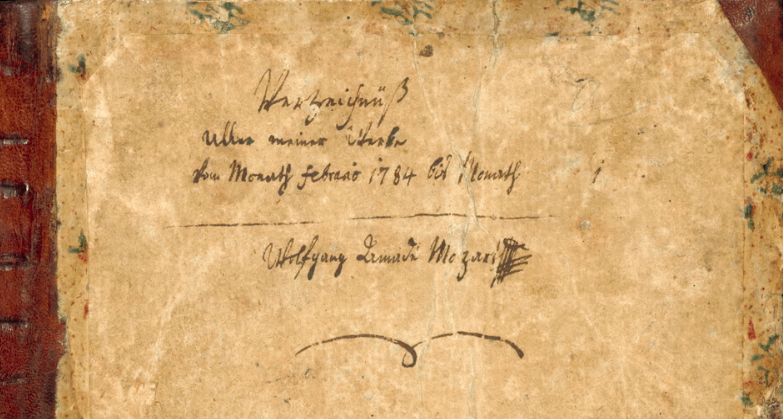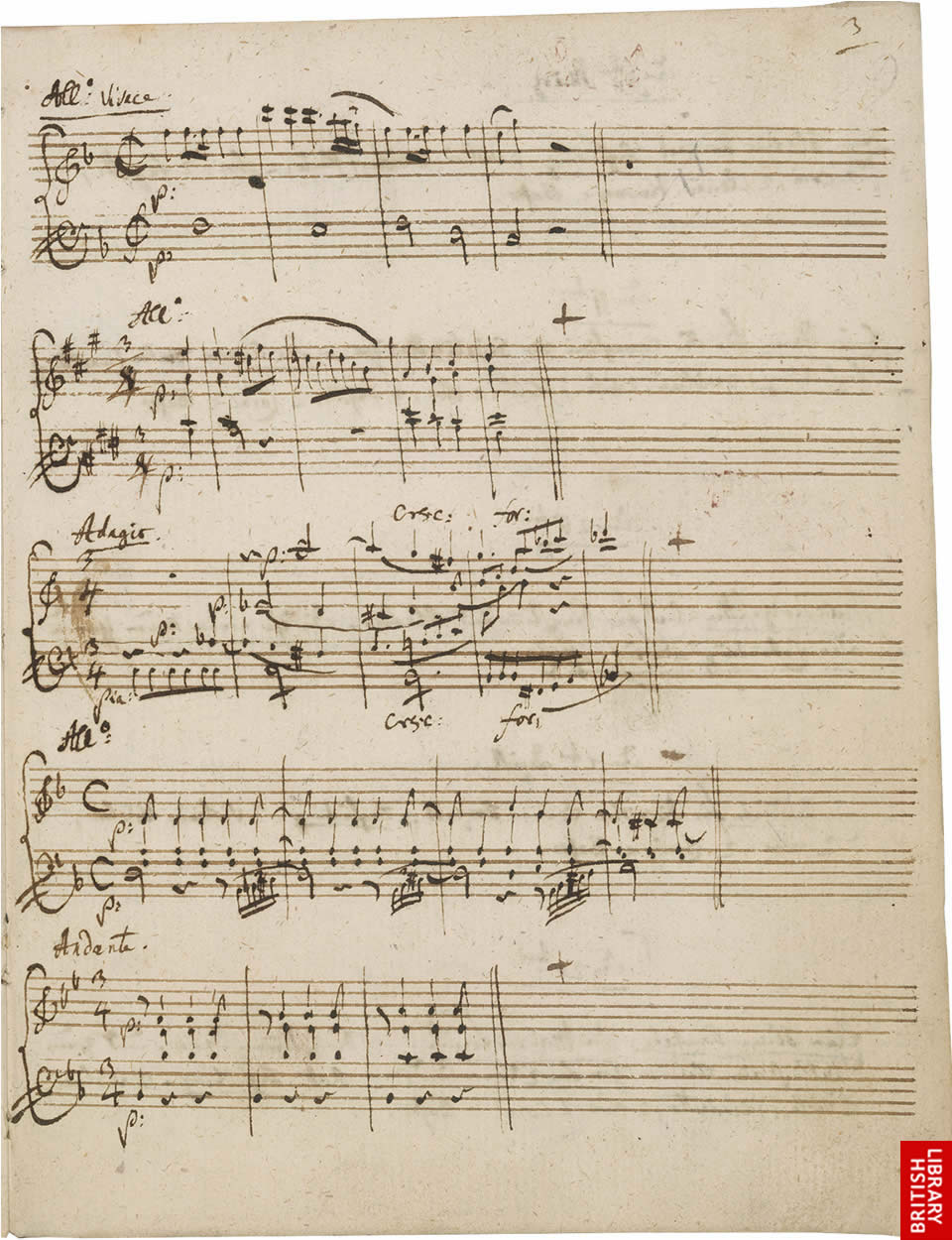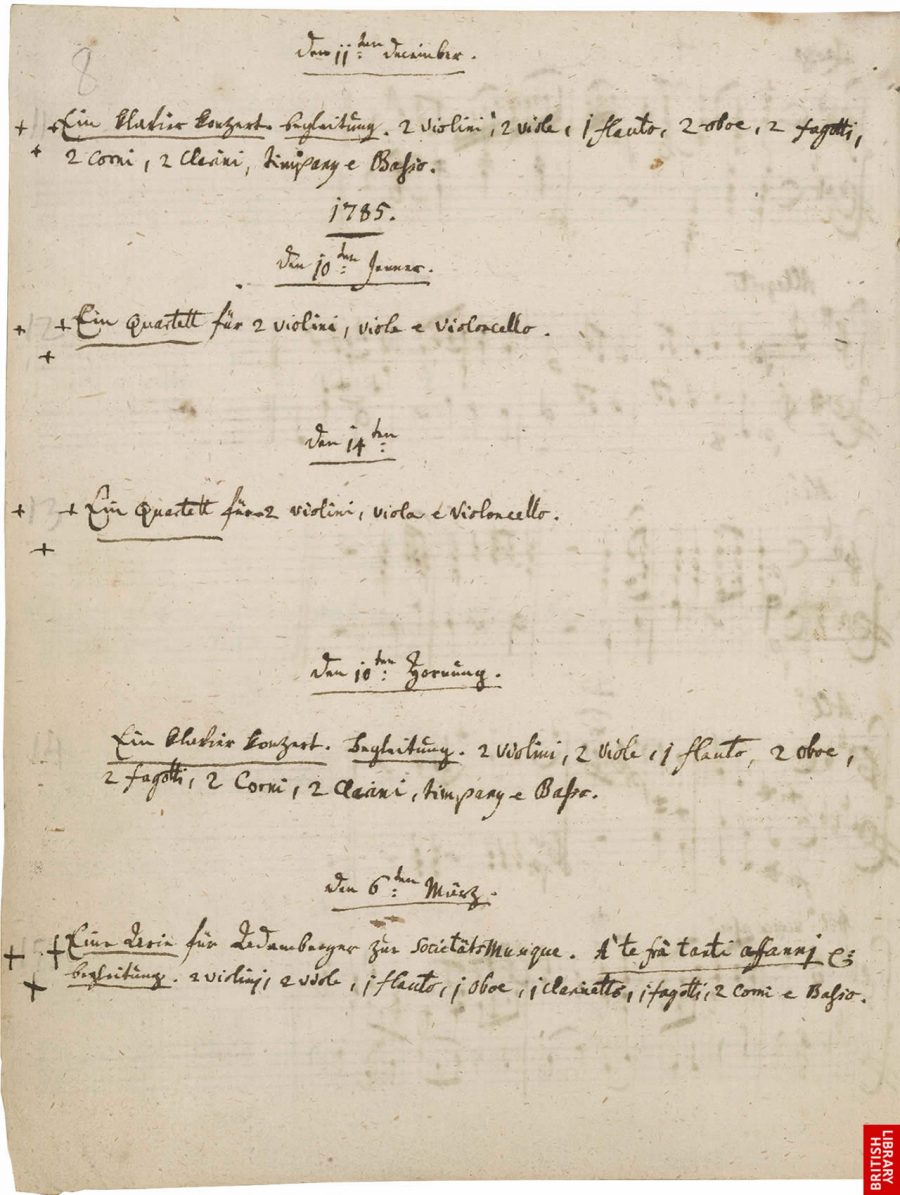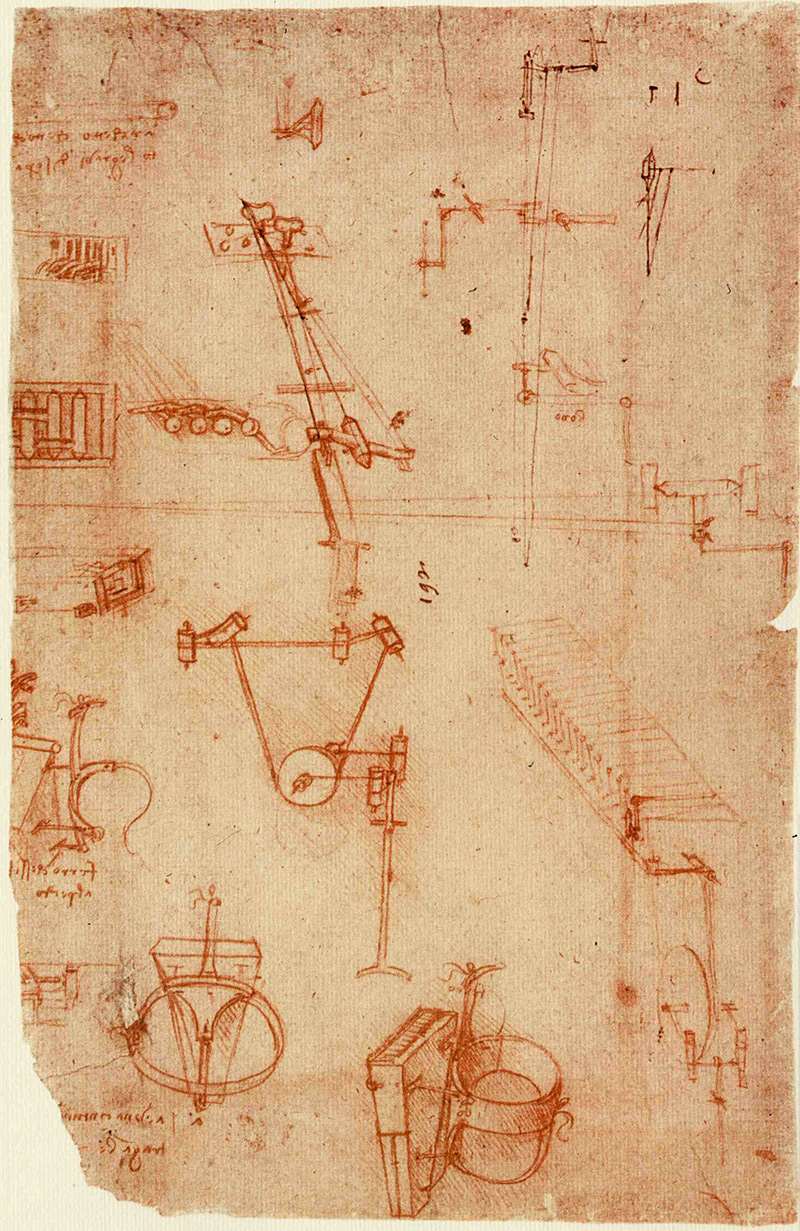Claudio aka Doctor Mix runs a YouTube channel where he uploads tutorials on mixing and producing music, reviews of audio gear and instruments, and hawks his online mixing and mastering service. But the above video caught our attention. Using just one synthesizer, the brand new *analog* Arturia MatrixBrute (what a name!), Doctor Mix recreates the Kraftwerk hit “The Robots.” (Which, if you are a longtime reader of this site, you know we love.)
Doctor Mix builds up the song piece by piece, and while the original band used several different synths to create the track, the MatrixBrute is able to handle everything, as it has a sequencer/drum pads built in, and programmable sounds that in this supplemental video, Doctor Mix will sell to you. (He even is able to use a vocoder with the machine to intonate its Russian lyrics: “Ja tvoi sluga / Ja tvoi rabotnik”)
It all looks so easy, doesn’t it?
When Kraftwerk recorded Man Machine, the 1978 landmark album that leads off with “The Robots,” they had accumulated years’ worth of synths and other equipment, along with synths that had been custom-built for the band, like the “Synthanorma Sequenzer” made by studio Matten & Wiechers to handle the repetitive loops they started using on their previous album Trans Europe Express.
Along with that and electronic-drum pads (first seen on TV in 1975), the band also used the Moog Mini-Moog, the ARP Odyssey, and a Roland Space-Echo, which provided the vocoder sounds.
At the time, band member Ralf Hütter said of the making of the album: “We are playing the machines, the machines play us, it is really the exchange and the friendship we have with the musical machines which make us build a new music.”
But we’ll hand it to Doctor Mix: the Arturia MatrixBrute is a good ol’ fashioned analog machine, and a lot of the new gear reviewed on his site shows that the warm tones of analog equipment is having a renaissance. Warm up those vaccuum tubes, kids, the other sound of the ‘70s is back!
Related Content:
Kraftwerk’s First Concert: The Beginning of the Endlessly Influential Band (1970)
The Case for Why Kraftwerk May Be the Most Influential Band Since the Beatles
The Psychedelic Animated Video for Kraftwerk’s “Autobahn” from 1979
Ted Mills is a freelance writer on the arts who currently hosts the artist interview-based FunkZone Podcast and is the producer of KCRW’s Curious Coast. You can also follow him on Twitter at @tedmills, read his other arts writing at tedmills.com and/or watch his films here.








